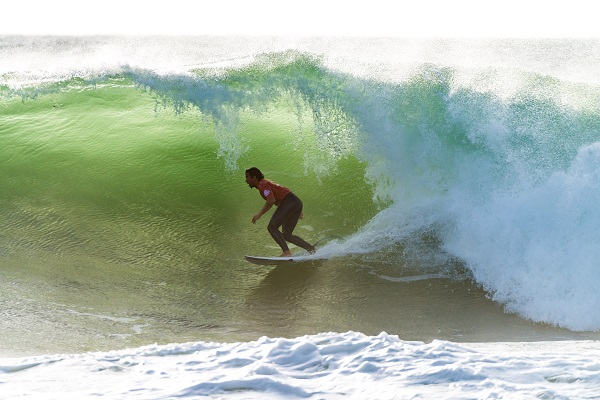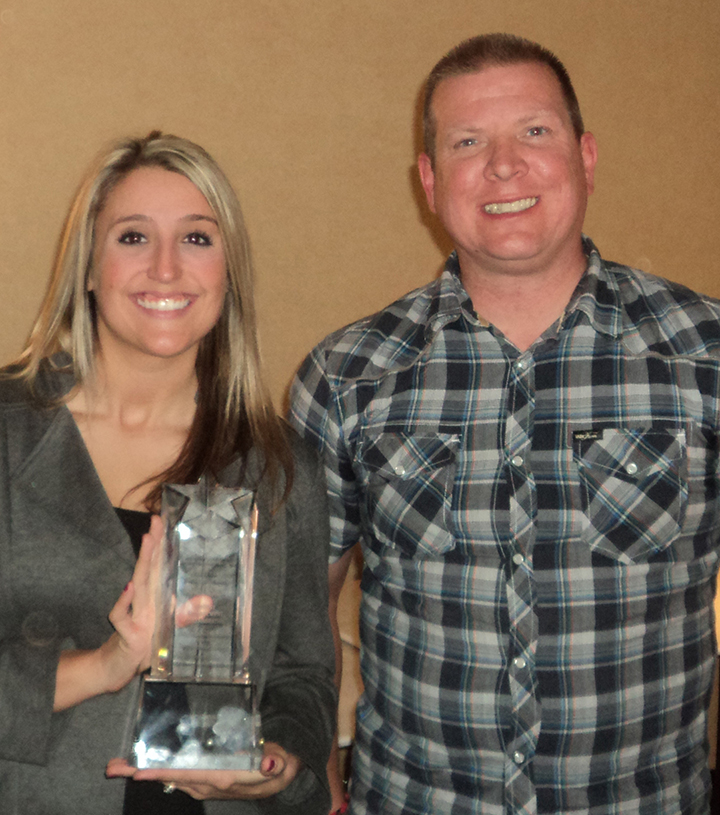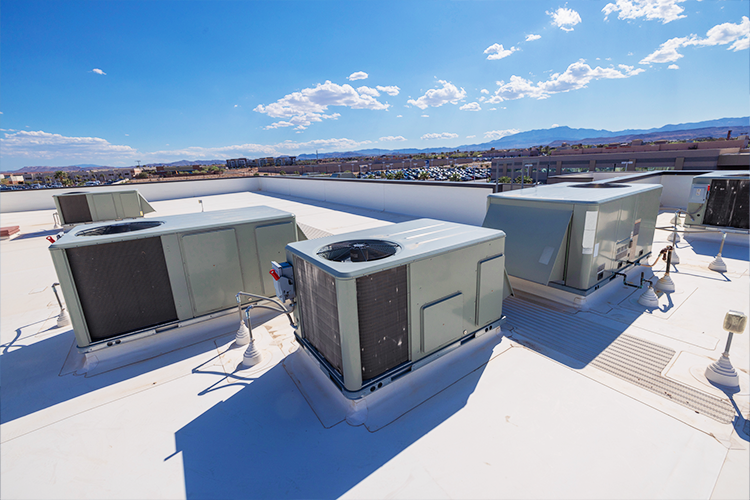What’s New on the DLC: T8 LED Tubes
June 2, 2014
(Photo credit: homydesign / Shutterstock.com)
Summer is (almost) here. Let’s go tubing!
So far we have reviewed the history of Highbay fixtures and Recessed Troffers on the DesignLights Consortium (DLC) list. T8 LED Tubes is the next DLC category we’ll take a look at.
T8 LED Tubes are the hottest “new” item in 2014. They obviously aren’t new in 2014, but there has been an explosion of them hitting the market this year.
As of May 23, there are 3,800 T8 LED products on the DLC List. Of those, 806 of them are products that were actually run through DLC testing, while the remaining 2,994 of them get on the list by way of being similar enough to the tested product that DLC didn’t require their own testing.
Over half of those 806 are new to the list in 2014. Most of the big names in the lamp and fixture industry had their prototypes in their 2013 Lightfair booths (or in the “invite only” top secret room in their booths). Most of those prototypes have since hit the market.
As I’ve done in previous WNDLC blogs, let’s look at T8 LED product efficacy over time, new products, and what’s coming. I also encourage you to read this companion post regarding the different styles of T8 LED products that are available. I define those styles as well as talk about the pros and cons of each.
Department of Energy CALiPER Testing
You may have noticed just last week the DOE released their latest CALiPER report. Their timing was great for me, as it was all about T8 LED lamps. The idea of CALiPER testing is a really good one. Every 4-6 months the DOE publishes a report on a type of LED product. They’ve physically tested 20-40 similar LED products and report on their light output, input watts, efficacy, color, power factor and beam angle. They then benchmark those products against the lighting products they are assumed to be replacing.
The problem is how long it takes to do the testing, and create the report. For this report they tested “31 linear LED lamps, which were purchased in late 2012 or 2013.” In the world of LED lamps and fixtures, products from 2012 are like VHS tapes. They even seem to be acknowledging this flaw by including data points from the Oct 2013 Lighting Facts and Nov 2013 DLC lists.
My fear is, with that neutrality that the DOE shows and the respect that it gets, these reports often leave the reader thinking, “Man, LED sure looks like it’s a couple years away.” If you read the CALiPER report, then read this blog, you might think we are talking about two different products. The truth is, we are talking about two different products. I’m talking about 2014 T8 LEDs and the CALiPER report is talking about 2013 T8 LEDs. These are two very different things.
Consider Aesthetics
Before we get into the numbers, I need to put out this small disclaimer regarding best practices for application of T8 LED Tubes.
One of the reasons T8 LEDs can claim to directly replace a 2900-ish lumen fluorescent T8 with a 2000-2300 lumen T8 LED is because of directionality. There’s no magic science in this, but with directionality comes a change in fixture aesthetic.
It might not matter for an industrial strip or highbay fixture, but you need to be careful if you’re putting these in a recessed 2x4, or a direct/indirect style fixture. DLC doesn’t test aesthetics. Do some tests of your own to make sure you are okay with the new look of the fixture.
Different Testing
There are two standards for testing T8 LED lamps:
- Stand-alone test. This test treats a T8 LED lamp like a regular T8 and tests its total lumen output and wattage. These efficacy requirements are what are listed at the top of the chart.
- In fixture test. This test applies T8 LED lamps in more of a real world way by placing them in a recessed 2x4 fixture. This requirement went from 75lm/W to 85lm/W around April of 2013.
The lamps must meet both of these standards—a feat that largely went unaccomplished for quite a while.
Efficacy Over Time
Both the average and the max values haven’t changed all that much over the year or so worth of data that is available, other than a noticeable bump in Jan 2014 (which I’ll talk about below), and a nice upward climb for the trendline.

This chart shows a few things:
- Blue Line: The average efficacy of each new qualifying troffer luminaire each month
- Red Line: The maximum efficacy of all new qualifying troffer luminaires each month
- Red Dotted Line: The trend line of the maximum troffer luminaire efficacy
- Minimum Allowable Luminaire Efficacy (per the DLC technical requirements): Minimum value shown at the top of the chart, which DLC updates every 12-18 months
New Kid on the Block
Until May of 2013, only four T8 LED Tubes had made the DLC. The standard had been around for a while, but nobody was meeting it. Then 10 made the list in May of 2013, followed by 11 in June, 39 in July, to now 130 of them in April 2014 (I only have data through 5/23, so May is technically incomplete).
Because of this short history there really isn’t anything particularly interesting yet about the chart. The product itself is far more interesting than the numbers at this point.
Tough Standards
There is a reason for the short history. Like I said, the DLC has had the standards out there for a while, but I feel like they were kind of tough on T8 LED Tubes. At the same time you had a minimum allowable efficacy for a recessed 2x4 of 65lm/W, the T8 LED Tubes we required to hit 96lm/W.
There is some logic in requiring the tubes to be higher, having to account for some fixture efficiency losses, but man, that’s a tough standard! You’ve got a lot of space for heat sinking in a 2x4. It’s a 1” diameter in a T8 LED Tube.
Like I said, that’s tough…well, it WAS tough. In the end, I think DLC being rough on T8 LED Tubes wound up being a really good thing. You always hear me complaining about companies not pushing the envelope, well, the DLC did it for them. The reason we have T8 LED tubes in 2014 coming in consistently over 125lm/W is probably due, in large part, to DLC’s high standards.
I hope they keep pushing. Any time over 100 products can hit the list in a given month, it’s time to raise the standards. Of the three fixture types I have talked about so far, this one probably needs the least efficacy push from the DLC right now. Highbays and Recessed Troffers just seem to be inundated with barely good enough, inefficient fixtures right now. I realize the DLC can’t just do this at the drop of a hat, but they wield a sharp sword in the LED efficacy battle.
Top Dogs
January saw a new top dog when RedBird LED released their new T8 LED Tube. The website for this leader of the pack is set up differently than most of the websites lighting professionals are used to looking at. It’s configured very much like a distributor or reseller’s website, but nonetheless, at 147lm/W they can set up their website however they want. 147lm/W is a tremendous efficacy.
Where Are We Going?
I think we’re going somewhere good. A year ago I definitely would not have said that. We’re seeing great efficacies, low prices, large companies getting involved, and shorter and shorter paybacks. That all sounds pretty good to me.
The lighting designer in me still might lay awake at night thinking of all the horrible applications that people will force these products into, but the lighting efficiency professional in me sees big opportunities here.
Specifically, I think we’ll see more and more creativity in what can be a pretty uncreative form factor (1” round). Cree is doing it with their new oval T8 LED. I think we’ll see more companies trying to address that parabolic 2x4 lamp replacement market. That’s the market that the lighting designer in me has nightmares about, but a well-designed T8 LED Lamp can go a long way to alleviating those fears.
One Final Note
I am off to Lightfair this week. It’s the US lighting industry’s annual big trade show. Much of what I’ve talked about over the last three blogs will be on display there. If you’re going to be there, be on the lookout for those companies that are truly pushing the envelope. Obviously I talk about efficacy a lot in these blogs, but also look for companies that aren’t satisfied with that fluorescent form factor and are really exploring what LEDs can do for luminaire design.
After years and years of it being in Las Vegas every-other year, this will be the last one in Vegas for the foreseeable future (Lightfair will be in San Diego in 2016). The show runs from Tuesday, June 3, to Thursday, June 5 and I’ll be tweeting about what I see. Post-show, after I count my big casino winnings, I’ll be writing a Lightfair 2014 summary blog, so look for that.
If you’re going to Lightfair, good luck, have fun, and I’ll see you there!
Tony Johnson is Energy Management Collaborative's Technology Manager. In this role he combines his background in lighting & controls design and solid state light fixture design with his expertise in energy savings to evaluate emerging technologies for EMC customers.


